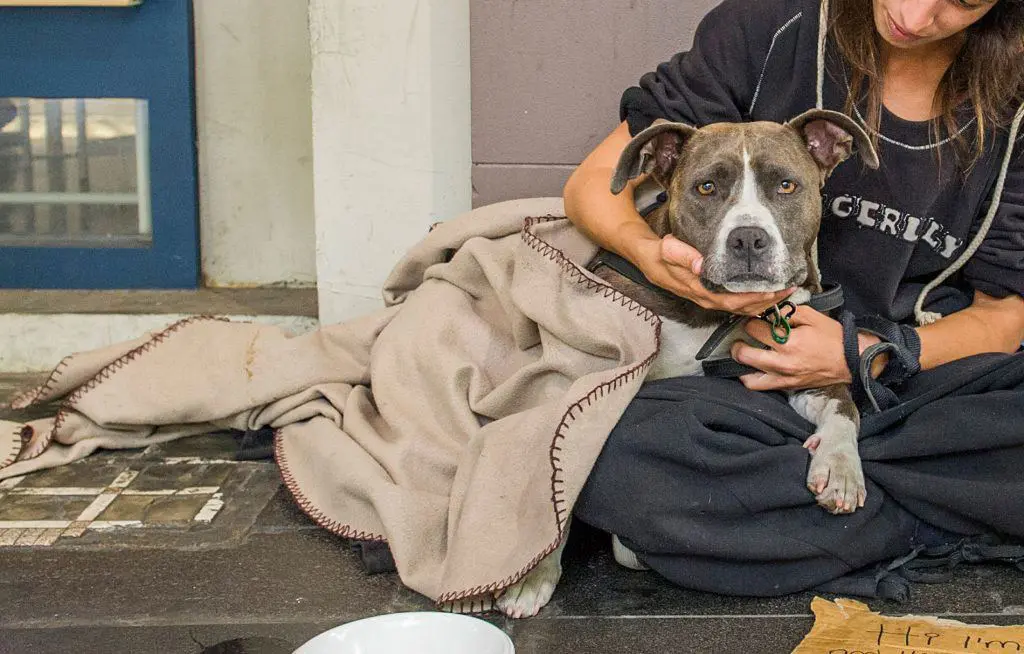Unlocking the Secrets: Understanding Your Pet’s Communication
Tail Wags:
- Slow wag: This can indicate contentment or confusion. Your dog might be asking, “What are you doing?”
- High wag with some shaking: This shows excitement, dominance, or a challenge. Your dog might be saying, “I’m in charge here!”
- Tail tucked between legs: This signals fear, pain, or discomfort. Your dog might be saying, “I’m scared/hurt/uncomfortable.”
Eyes:
- Wide and alert: Your dog is expecting a clear response from you. Avoid direct eye contact when approaching an unfamiliar dog.
- Squinting and blinking: Your dog is ready to play. It’s time to throw the ball or go for a walk!
Ears:
- Pricked up or tilted forward: Your dog is paying attention and listening to everything around them.
- Flat against the head: This is a sign of fear, often in response to strangers.
Teeth:
- Bared without growling: Your dog is protecting its territory.
- Never approach a strange dog while it’s eating: It might think you’re trying to steal its food.
Other Actions:
- Resting head on your lap: Your dog wants attention and affection.
- Nudging your hand with its nose: Your dog wants you to pet it.
- Raising a paw on your lap: If your dog does this with a pleading look, it’s usually asking for something,
like food or playtime. It might also do this when it senses something exciting.

Remember:
- Every pet is an individual and may communicate differently.
- Pay close attention to your pet’s baseline behavior to identify changes that might signal a problem.
- Don’t hesitate to seek help from a veterinarian or animal behaviorist
if you’re concerned about your pet’s behavior.
- By understanding your pet’s signs, you can build a stronger bond, address any potential health issues,
and provide them with the love and care they deserve.
Read more
Transporting Pets from Qinghai Province, China to Vietnam
Step-by-Step Guide When Your Pets Are Sick
PET MOVERS – PET TRANSPORT SERVICES IN VIETNAM














